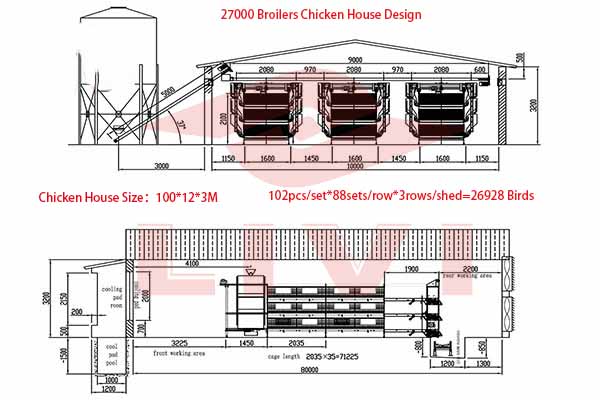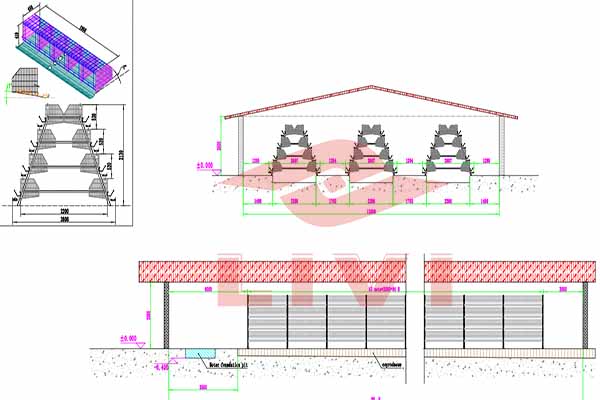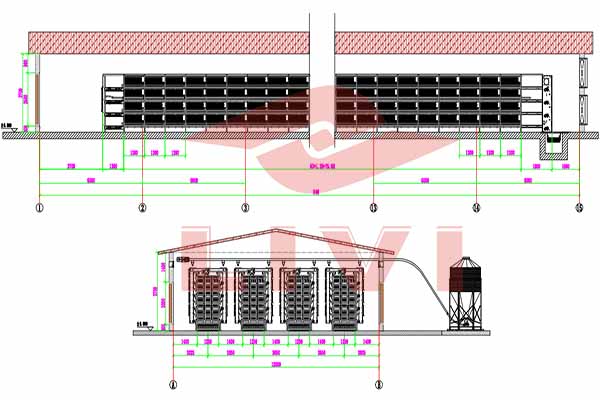Optimizing Chicken Cage Factory Production for 100,000 Birds in Kenya
As the poultry industry in Kenya continues to grow, the demand for efficient chicken cage factories has never been higher. This article delves into the key factors to consider when setting up a factory capable of housing 100,000 chickens, providing insights for both farmers and investors.
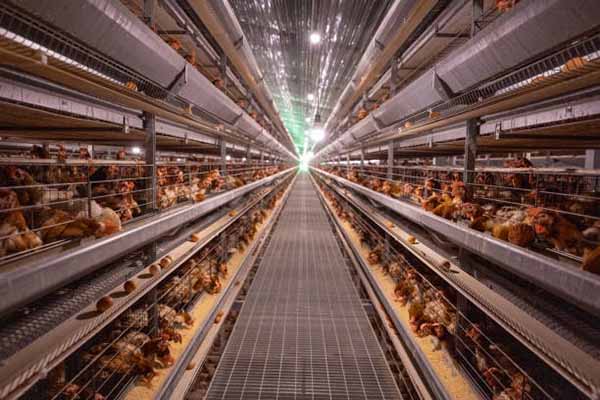
Understanding the Market Demand
Kenya’s poultry industry is expanding rapidly. According to the Kenya Poultry Industry Association, the country’s chicken production is expected to reach 1.2 million tons by 2025. This growth is driven by a rising middle class and increased consumption of poultry products.
Designing a Chicken Cage Factory
When designing a chicken cage factory for 100,000 birds, several aspects must be taken into account:
- Space Planning: Ensure that each chicken has ample space to move around. The general recommendation is 0.5 square meters per bird.
- Airflow and Ventilation: Proper airflow is crucial for maintaining a healthy environment. Consider installing fans and vents to ensure a constant supply of fresh air.
- Lighting: Adequate lighting is essential for egg production. A 16-hour photoperiod is often recommended.
- Water and Feed Systems: Automated systems for water and feed distribution are necessary for efficiency and to prevent waste.
Equipment and Technology
Investing in high-quality equipment is crucial for a successful chicken cage factory. Key components include:
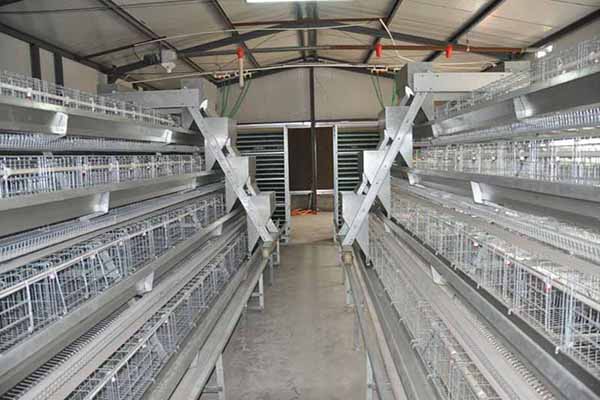
- Chicken Cages: Select cages that provide comfort and ease of cleaning.
- Feeders and Drinkers: Automatic systems that ensure birds have constant access to food and water.
- Monitoring Systems: Use sensors and cameras to monitor the health and well-being of your birds.
According to the Kenya Bureau of Sta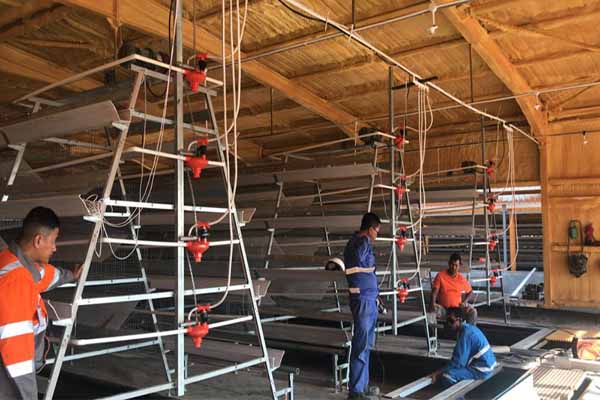 tistics, the average cost of setting up a chicken cage factory for 100,000 birds is approximately $1.5 million. This cost includes land, construction, equipment, and labor.
tistics, the average cost of setting up a chicken cage factory for 100,000 birds is approximately $1.5 million. This cost includes land, construction, equipment, and labor.
Operational Efficiency
Operational efficiency is key to maintaining profitability. Consider the following tips:
- Employee Training: Invest in training programs for your staff to ensure they are knowledgeable about best practices in poultry farming.
- Regular Maintenance: Schedule regular maintenance for your equipment to prevent downtime and ensure peak performance.
- Data Analysis: Use data analytics to monitor production and identify areas for improvement.
Conclusion
Setting up a chicken cage factory for 100,000 birds in Kenya requires careful planning and investment. By understanding the market demand, designing an efficient factory, investing in the right equipment, and focusing on operational efficiency, you can achieve success in the poultry industry.
For more information and to receive a free poultry farm design and equipment quotation from LIVI Machinery, please leave a comment below or contact us directly.


